My kids don’t stand a chance. They have a mother who absolutely loves everything related to Thanksgiving and Christmas. From hand print turkeys and homemade feather caps to sing along Christmas songs and reindeer made out of footprints, I just cannot get enough of November and December. If it were possible for my almost three year old to know the meaning of an eye roll, she would have it mastered by now at some of my antics. Instead, she takes my ideas in stride, engages her baby brother and relishes in the fact that I usually have a song, dance and craft for anything. While this is all well, good and warming to my heart, I know that my role is much greater: to raise a child who knows the meaning of thanks.
Abstract meanings do not work well with toddlers. My concrete thinker looks for the literal and absolute in everything. One would think that a tiny human being with the ability to go from one extreme emotion to another in a matter of thirty seconds would be able to grasp how to just give thanks. Well, they just don’t. It is my job to bring all the opportunities for thanks to life. Thanks is a word that comes easily to many of us. We generally overuse it on some days and under use it on not so great days. It runs the risk of just being another run of the mill word with little to no meaning. I want them to know my thanks has reason, oomph and purpose. My top and most commonly used “thank you” moments, in no particular order, are as follows:
– Finding a parking spot close to the door (not the healthiest choice, but oh so necessary come August) – “Thank you God for this spot”
– When the bagger at the market double bags the heavy items – “Thank you so much for making sure I don’t drop all those groceries in the parking lot”
– A friend drops by for an afternoon visit, just because – “I am so glad you decided to come over today. I can’t wait until we can do this again.”
– Your spouse takes the trash to the curb in the morning – ” Daddy (or Mommy) took the trash out so that I wouldn’t have to. Wasn’t that nice? I can’t wait to thank him (or her) later!”
– A stranger buys a cup of coffee for you – “I don’t know that person, but he just bought Mommy a cup of coffee. I am going to do that for someone else. Let’s pick a person to buy one for.”
As I was typing, I realized that most of these examples may not need explanations. Sure, we all say our thank yous here and there, but do the kids actually understand why and for what reason we are actually thankful? It may sound silly at the time, but explaining yourself in this situation may actually save you time and hassle down the road in the manners department. Since I deal with little people for the majority of the day, I keep my reasons short, sweet and to the point. Because of this, I am rewarded with a toddler that is able to say (sometimes shout) thank you to someone, mean it, and remind me should I forget.
Our handprints that became the feathers on our paper plate turkeys
Mid-day snuggles that allow us to stop and enjoy one another.
“A thankful heart is a happy heart.”



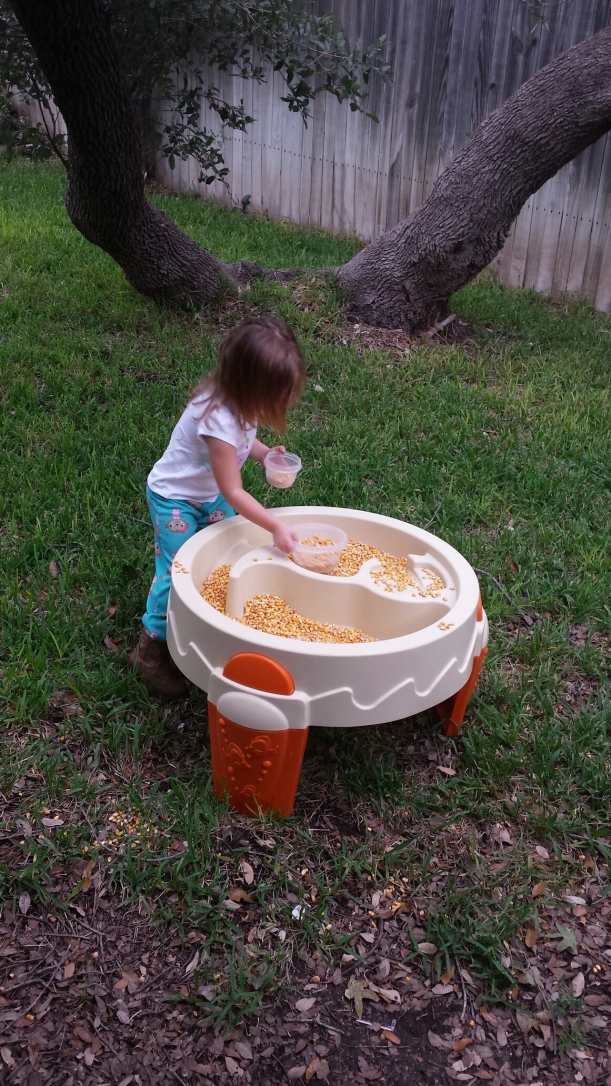

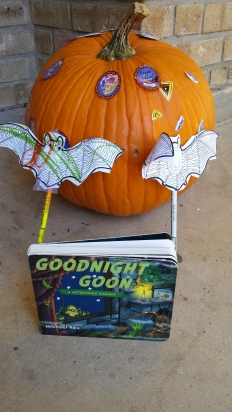
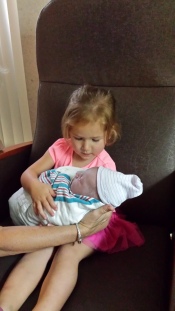
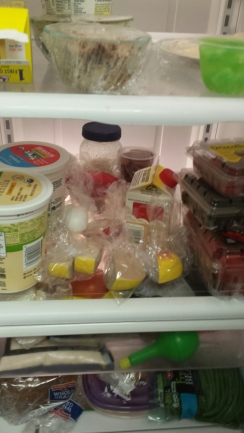

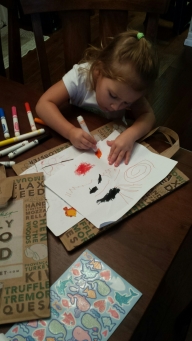
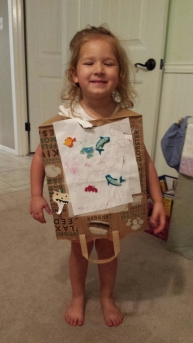
 – My favorite read for the night before the first day!
– My favorite read for the night before the first day!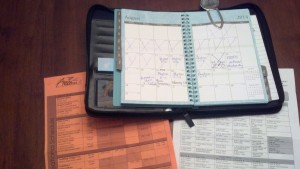
 (image courtesy of
(image courtesy of 